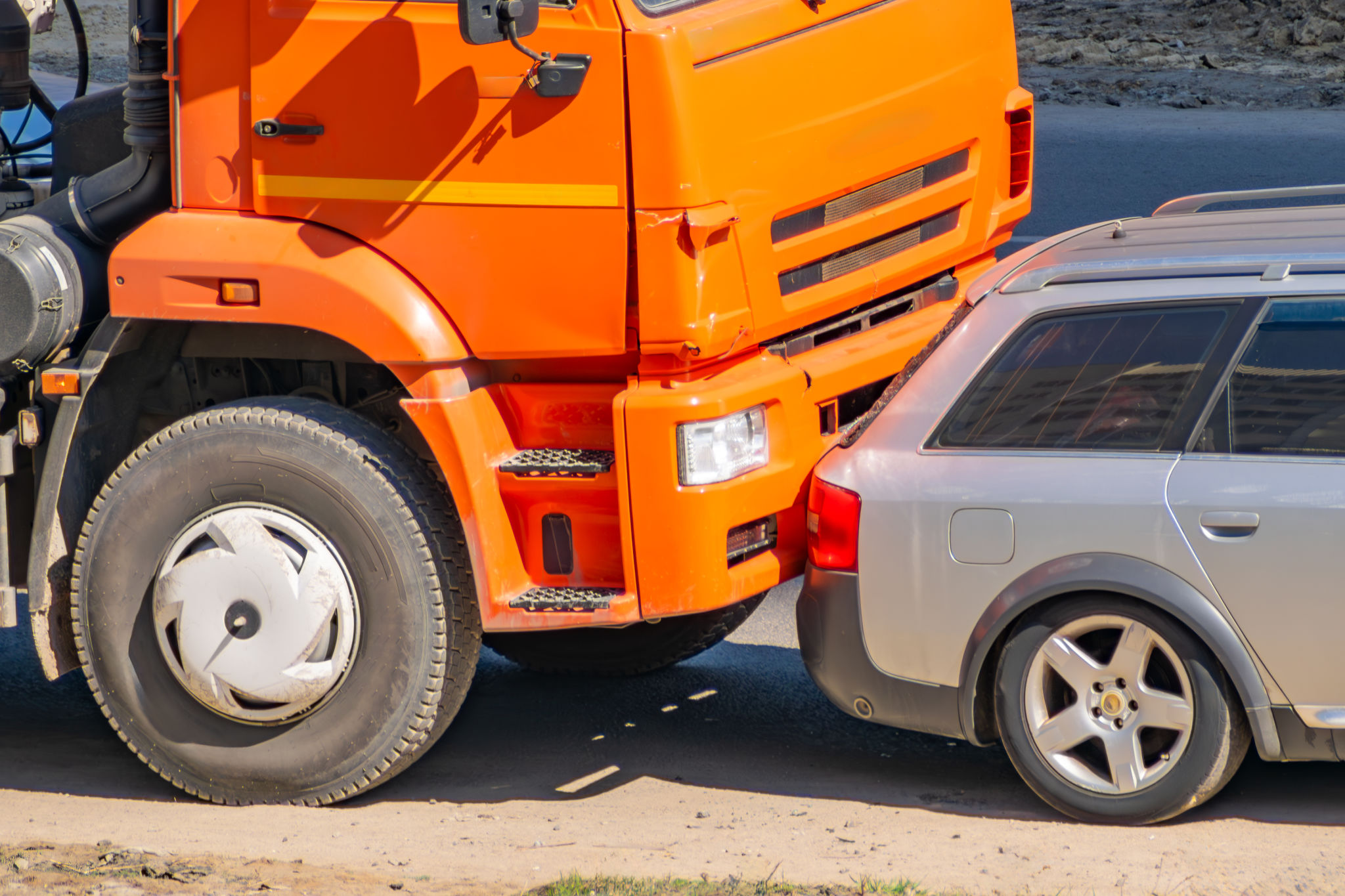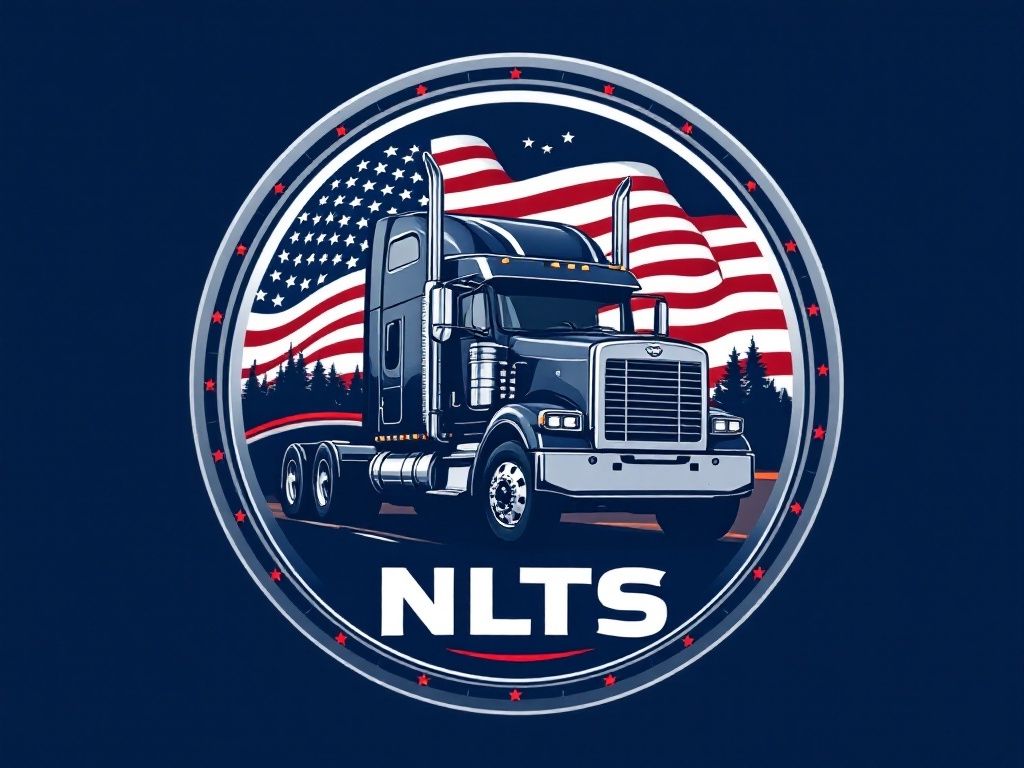Physical Damage Coverage vs. Auto Liability: What's Best for Your Trucking Business?
Understanding Physical Damage Coverage
When managing a trucking business, ensuring your fleet is well-protected is crucial for financial stability and operational continuity. Physical Damage Coverage is a key component of truck insurance that covers losses resulting from various incidents, such as collisions, theft, or vandalism. This form of coverage is essential for safeguarding your trucks against unforeseen damages, helping avoid potentially crippling repair costs.
Physical Damage Coverage typically includes two primary types of protection: collision and comprehensive coverage. Collision coverage pays for damages to your vehicle in the event of an accident with another vehicle or object. On the other hand, comprehensive coverage protects against non-collision-related incidents, such as natural disasters or theft.

Exploring Auto Liability Insurance
While Physical Damage Coverage focuses on protecting your vehicles, Auto Liability Insurance is designed to cover damages or injuries you may cause to others in an accident where you are at fault. This type of insurance is not only essential but also legally required in most jurisdictions to operate commercial vehicles.
Auto Liability Insurance consists of two main components: Bodily Injury Liability and Property Damage Liability. Bodily Injury Liability covers medical expenses and lost wages for individuals injured in an accident you caused. Property Damage Liability covers the costs of repairing or replacing the property of others that you damage in an accident.

Key Differences Between the Two
The primary difference between Physical Damage Coverage and Auto Liability Insurance lies in what they protect. While Physical Damage Coverage focuses on your own assets, Auto Liability Insurance is concerned with protecting you from financial responsibility towards others. Understanding these differences is crucial for making informed insurance decisions for your trucking business.
- Physical Damage Coverage: Protects your vehicles from damage or loss.
- Auto Liability Insurance: Covers damages and injuries you cause to others.
Choosing between these coverages depends on various factors including the value of your fleet, the nature of your operations, and legal requirements in your area. It's often beneficial to have both types of insurance to ensure comprehensive protection.

Determining What’s Best for Your Business
Deciding between Physical Damage Coverage and Auto Liability Insurance—or opting for both—depends largely on your specific business needs and risk exposure. Consider factors such as the age and condition of your fleet, your business's financial resilience to potential claims, and the regulatory environment in which you operate.
If your fleet consists of newer or high-value trucks, investing in Physical Damage Coverage can prevent significant financial losses. Conversely, if your trucks are older or less valuable, you might prioritize Auto Liability Insurance to comply with legal requirements while managing risk more cost-effectively.
Conclusion
In summary, both Physical Damage Coverage and Auto Liability Insurance play vital roles in protecting a trucking business. Each serves distinct purposes, with one safeguarding your assets and the other protecting against liabilities. Assessing your operational needs and potential risks will guide you in choosing the best combination of coverages to ensure comprehensive protection for your trucking business.
Ultimately, consulting with an experienced insurance agent can provide further insights tailored to your business’s unique circumstances, ensuring that you make informed decisions that align with both your operational needs and budget constraints.
